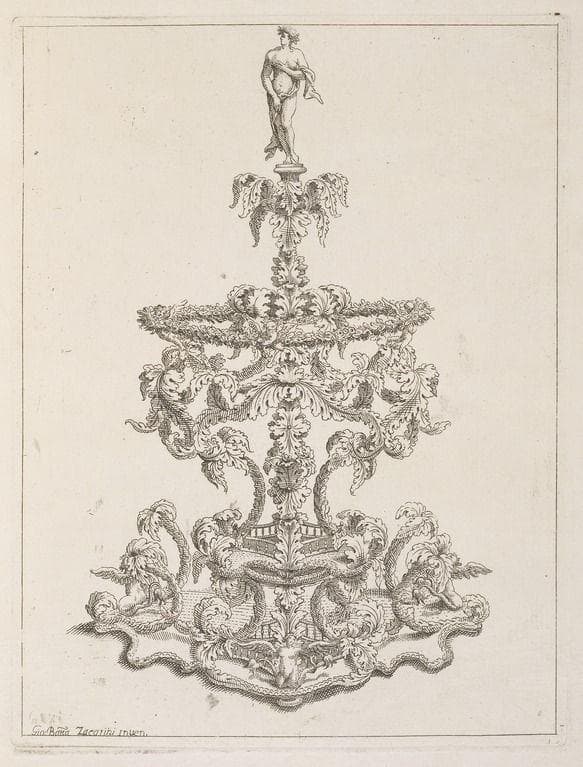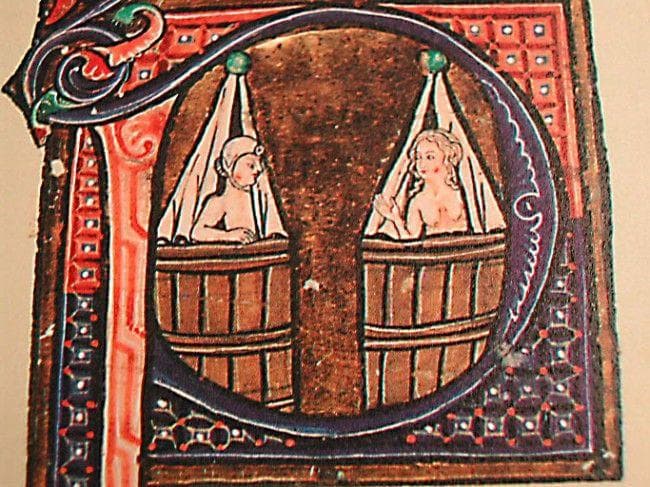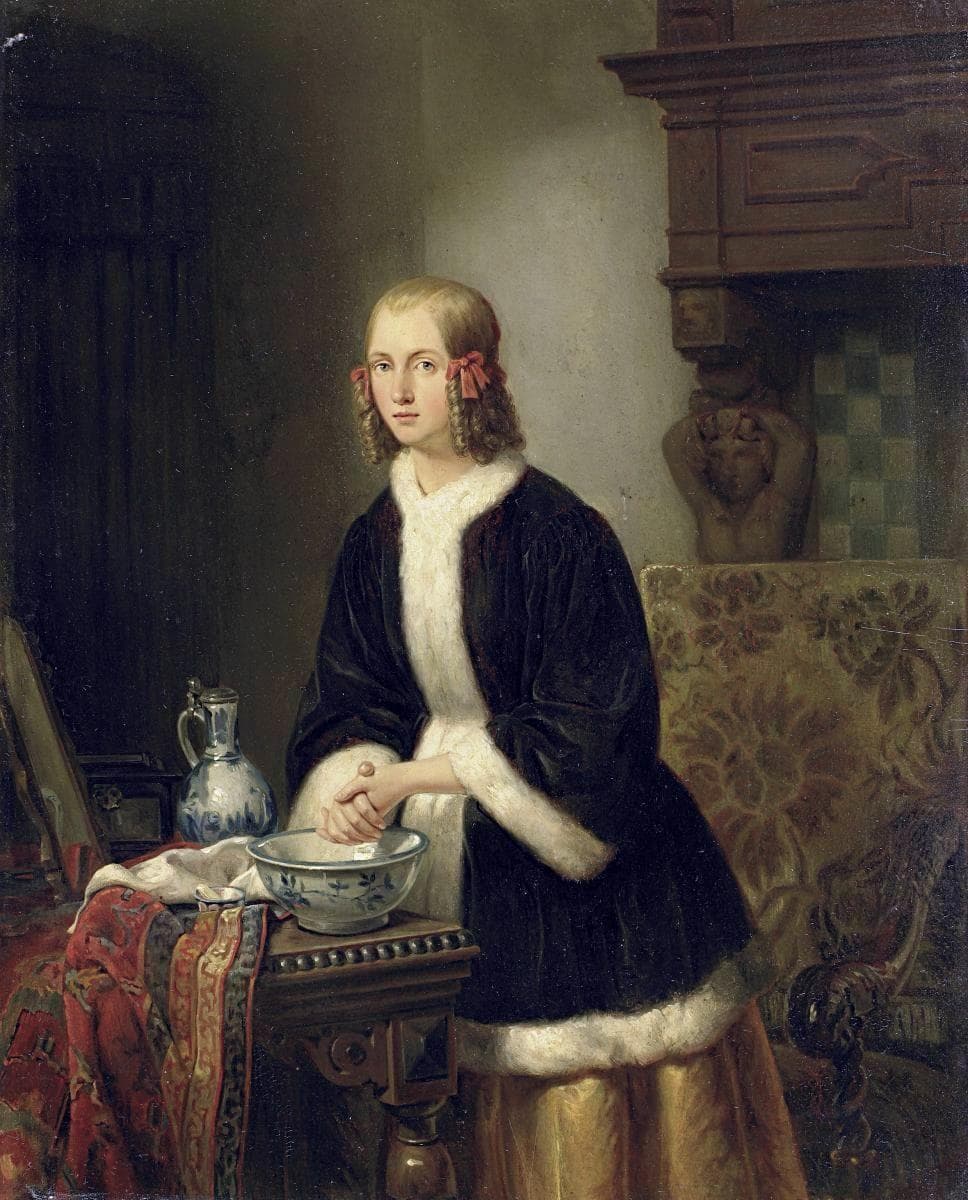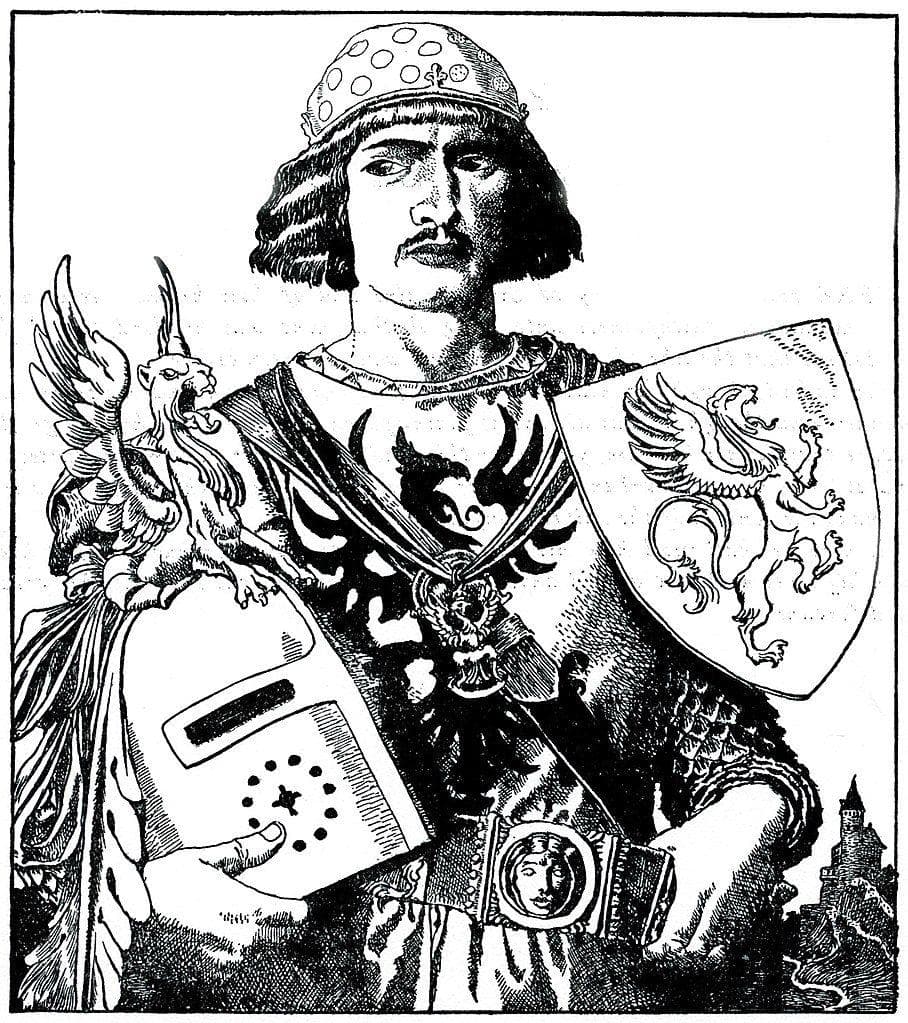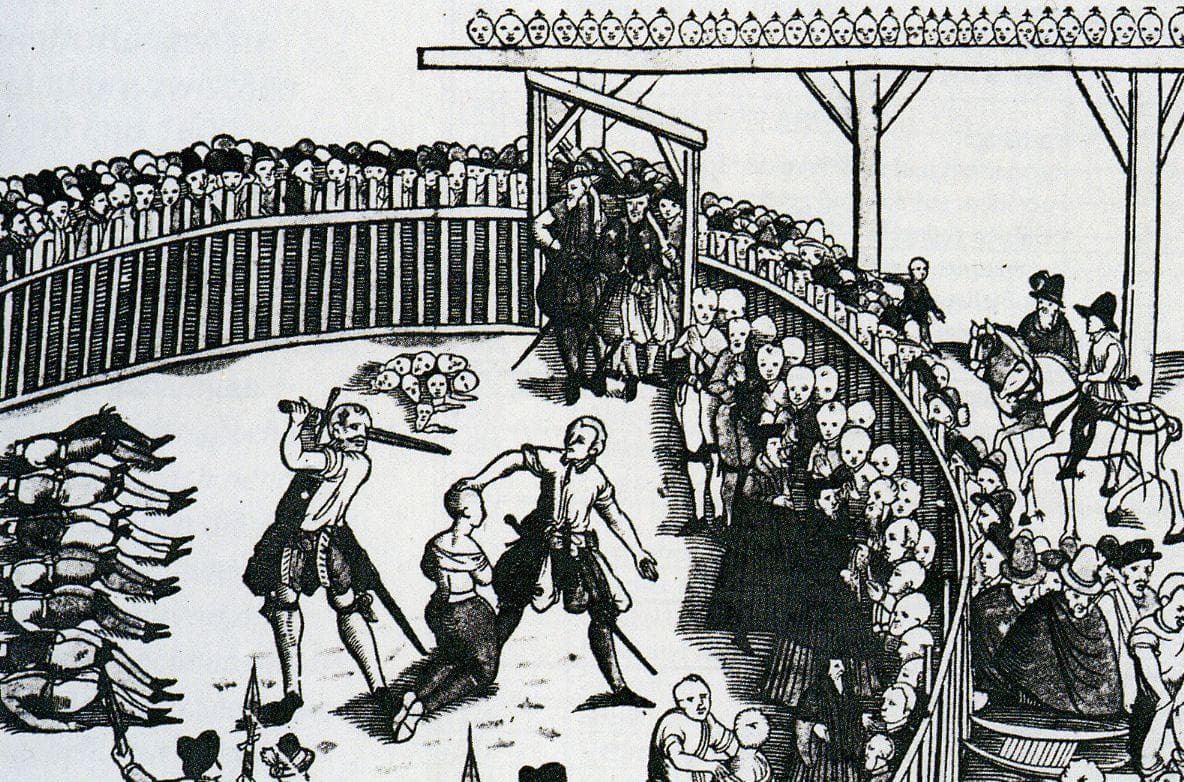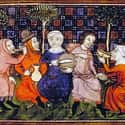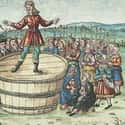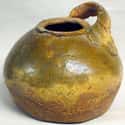-
(#15) People Created Recipes For Special Concoctions That Deterred Parasites
Living with parasites was such a common occurrence in medieval times that people tried different herbal remedies to get rid of them. Some used common items peasants might find around their home - i.e. spreading glue on a slice of bread and sticking a candle in the middle to attract the fleas that infested people's beds. Other remedies were not effective, like getting rid of lice nits by washing hair with salt water from the sea or sniffing lavender.
People sometimes tried smoke and steam to get rid of so-called tooth worms and mites. They would burn chamomile seeds and inhale the smoke, or hold infected limbs over steaming water. To get rid of earworms - nonexistent parasites that were widely believed to exist - doctors poured bitter medicine into people's ears. They also used bitter herbs to wipe out parasites elsewhere; however, the herbs caused horrible diarrhea. Medieval people even suffered through toxic remedies, using minerals like mercury. If a patient vomited or suffered a painful bowel movement, doctors interpreted it as the parasites being purged and the person cured.
-
(#3) Those Who Could Afford More Than One Pair Of Clothes Did Laundry Once A Week
Although people in medieval times dressed in layers in order to avoid washing outer garments too often, peasants often owned just one set of clothing. Clothing worn next to the skin was made of linen, and heavier wool garments were worn on top of the undergarments. People understood that washing their clothing helped keep parasites away, and etiquette books advised changing one's underwear every day. For peasants, however, that often wasn't an option. Those who could afford more than one set of clothing changed into fresh garments once each week while washing their other clothing.
Many peasants slept unclothed at night when the weather permitted, meaning they needed even less clothing. Peasants who couldn't afford to send their garments to a professional laundress did their laundry themselves, washing their clothing in the river, typically with lye soap. Unfortunately, medieval rivers were often poluted with human waste, garbage, and runoff from animals' waste in the streets.
-
(#13) Lack Of Knowledge About Why People Get Sick Often Made Hygiene Ineffective
Doctors in medieval times adopted the theory of humorism and made connections between organs of the body, seasons, elements, and tempers. This led them to believe sickness happened when the body was out of balance. They also thought parasites originated within people's bodies and caused the imbalance to occur. Doctors theorized that controlling one's diet, such as eating less fruit, could help prevent the body from producing lice.
What they didn't realize, however, was that poor waste management and some people's failure to bathe often led parasites to be attracted to people. No matter how many times people washed their hands, the lack of understanding about the connection between filth, infestation, and sickness meant no one was safe from parasites and disease.
-
(#8) Women Used Rags, Moss, Or Twigs As Menstruation Pads
Although not much is known about the topic, historians believed women resorted to using a variety of items to collect blood during their periods. Many women probably used pieces of rags they tore up. Other theories suggest some women wrapped strips of cloth around a small twig and used it as a tampon, or possibly collected absorbant moss and used it as a pad. It's also very likely some women did nothing and simply bled on their clothing.
Religious authorities placed shame on menstruation, and many women felt they had to disguise it. They may have carried scented herbs or flowers with them to mask any smell. But considering medieval women didn't live long, and many peasant women lived hard lives involving heavy labor and little sustenance, it's entirely possible that women had fewer periods during their short lives than women do in modern times.
-
(#4) Peasants Regularly Deloused One Another
For medieval people, especially peasants, dealing with fleas and lice was a fact of life. Parasites were such a problem that comb-makers began adding finer teeth so users could remove dirt and lice while combing their hair. People often used their fingers to do the same job and would get together to delouse one another. As strange as it sounds, delousing groups formed a social activity for peasants.
Lice didn't limit themselves to hair, however, and clothing had to be deloused, as well. Women skilled at delousing clothing and hair were in such demand that members of the Third Crusade took them along on their journey.
-
(#2) Running Water Was Rare Among Medieval People, So Peasants Used Outhouses Or Chamberpots
People living in castles used toilets consisting of a bench with a hole placed over an opening leading to a cesspit; peasants did not have this luxury. Instead, the lower classes made use of outhouses and often had to share them with the community. Those who did not have outhouse access used chamberpots. If they could not afford such things, they used waste buckets. People then emptied their chamberpots and waste buckets into nearby cesspits or into the river. Instead of toilet paper, they used straw, grass, moss, or hay to wipe themselves.
Before modern ideas of sanitation, some people believed the smell of waste caused disease, not the waste itself. Historians believe that, in order to get rid of the smell from indoor chamberpots, some people dumped their contents out the window or into the street. Dumping chamberpots outside the house, as well as people relieving themselves in public, was frowned upon by society, and regulations were created against such practices. People occasionally disregarded the rules, however, causing streets to become filthy and the water supply to be contaminated after rainstorms.
New Random Displays Display All By Ranking
About This Tool
Many theories said that people in the Middle Ages did not like to take a bath, and even took pride in not taking a bath, the garbage and excrement were dumped casually, and the whole city was full of unpleasant smells. In fact, most wealthy families in the
Middle Ages had the habit of washing their hands before meals, and the excrement of peasants was generally only used to increase the fertility of the land.
Europeans in the Middle Ages have begun to pay attention to personal hygiene habits, and some countries already have developed public water supply and cleaning systems. The random tool described 15 details about the hygiene of Medieval peasants.
Our data comes from Ranker, If you want to participate in the ranking of items displayed on this page, please click here.



